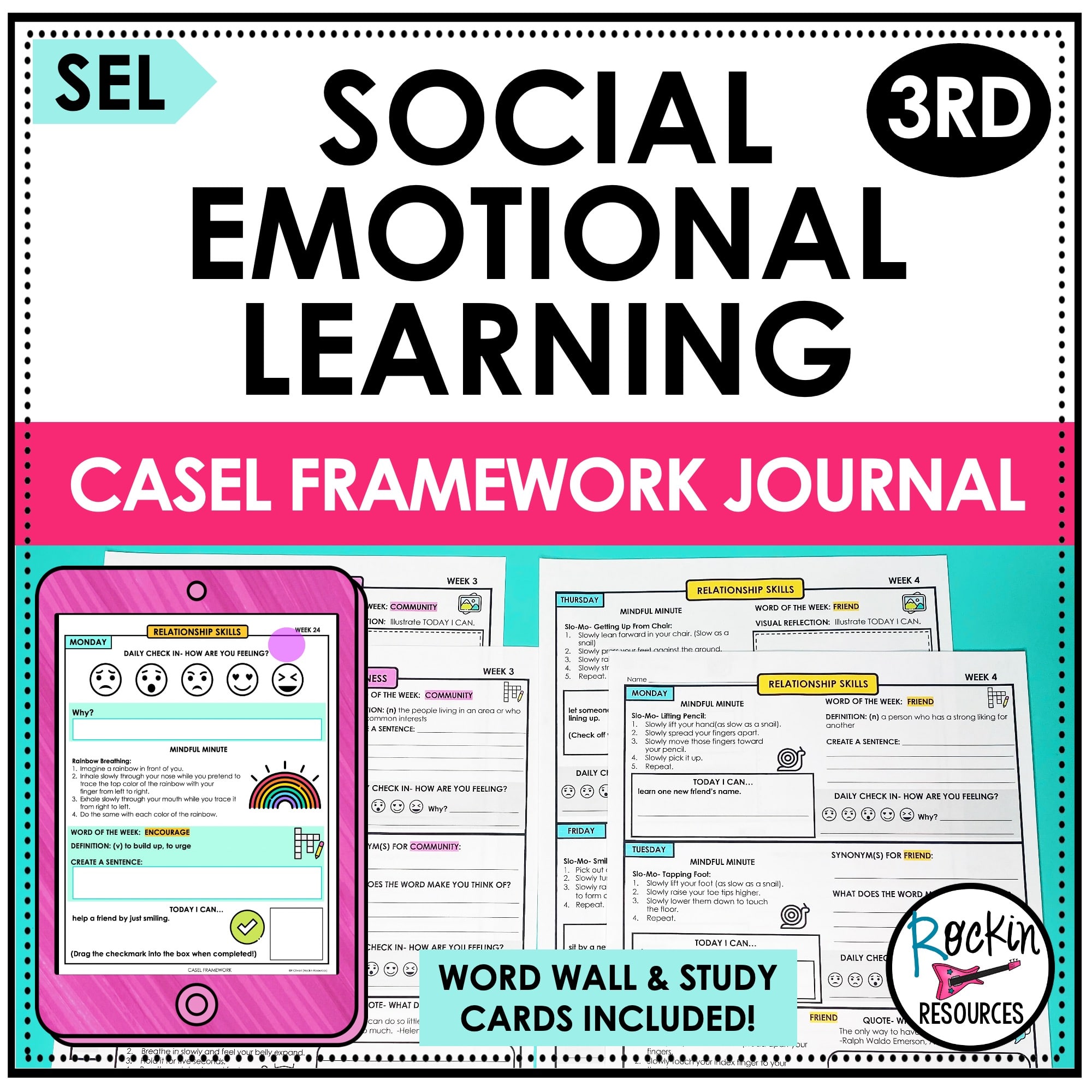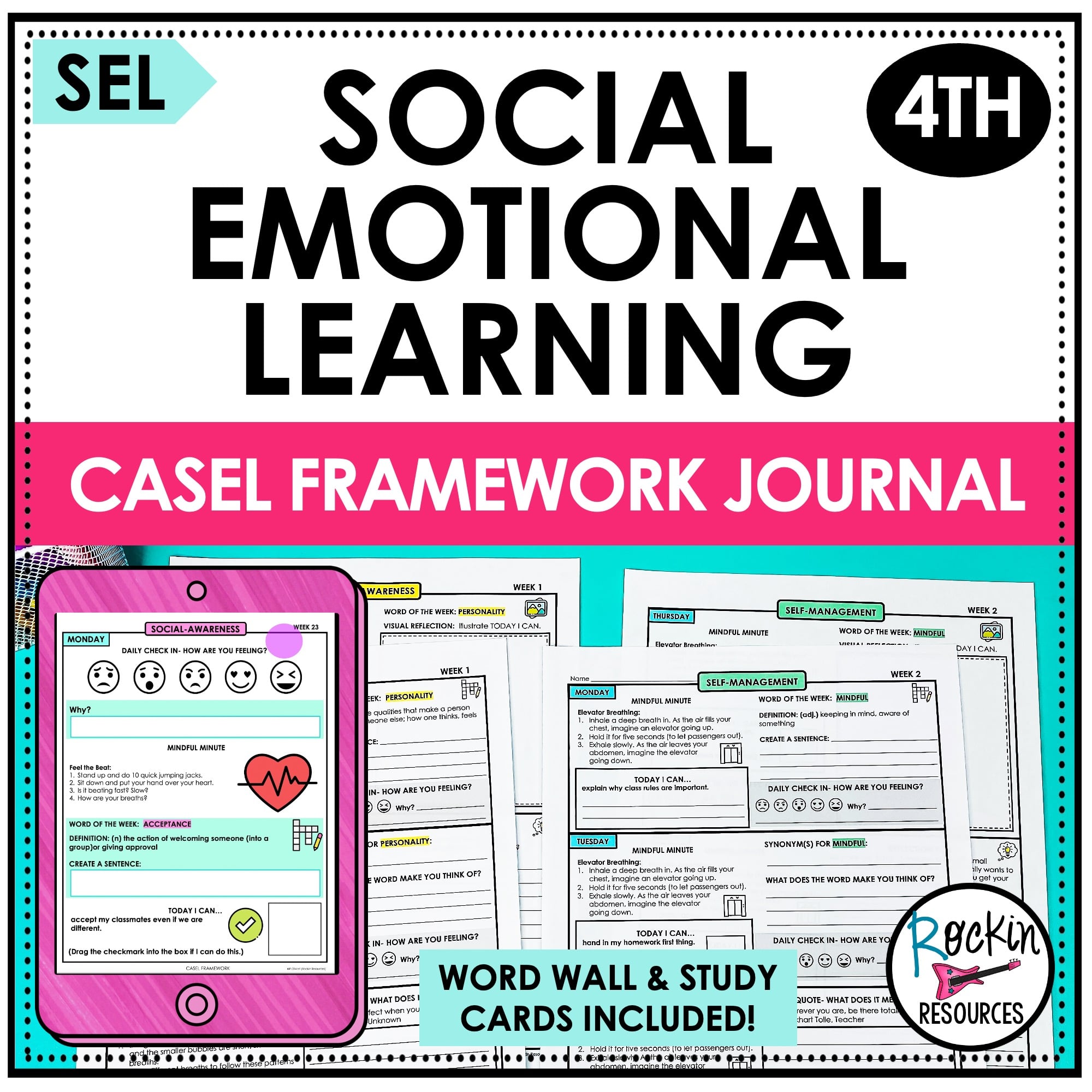Trauma-informed teaching is a necessary part of your toolkit, but what exactly is trauma-informed teaching?
Trauma-informed teaching focuses on awareness of student trauma. This includes awareness of how trauma may impact student learning, performance, and behavior.

What Counts as “Trauma”?
Student trauma could be something significant that happened once in a student’s life, such as the death of a loved one. Or, the trauma could be something that is ongoing, such as food or housing insecurity. Sadly, in the wake of the pandemic and its fear, uncertainty, and upheavals, a majority of school-aged children have now experienced some sort of trauma. Trauma can cause children living in a heightened state of fear and anxiety to have a different stress response than others. This can impact both their bodies and their minds. A student could “overreact” to something that another child may not consider stressful. In reality, they are reacting just the right amount, according to their bodies, which are functioning in a heightened state of awareness. In terms of their cognitive and mental development, students who are recovering from trauma often have difficulties with language and communication. There are often delays when processing new information as the overworked brain struggles to integrate and store it. Imagine a brain that is always working on the principles of survival. Will it regard a lesson on figurative language as deadweight? Will it have time to study character motivations in literature? Students experiencing trauma may not view academic learning with the same level of importance we do. Just as we have had to prioritize which impulse to act on and what things to store in our long-term memory, they have had to prioritize coping and survival.

How Can Teachers Help Students With Trauma?
Trauma-informed teaching takes student emotions and the stress and anxiety associated with trauma into account when teaching in the classroom. This also impacts how teachers establish routines, consequences, and boundaries in the classroom. Some teachers incorrectly assume that trauma-informed teaching will require them to abandon routines and consequences for students so that they do not add to a student’s trauma. However, one of the key elements of trauma-informed teaching is helping your students feel safe, cared for, and protected. Many student traumas relate to an adult not being able to provide safety for the student or for abusing the student’s trust. This could be purposeful or accidental. For example, a student who has gone through a traumatic divorce may blame the parents, even though they didn’t intend to cause pain and suffering. On the other hand, a child who underwent mental or physical abuse at the hands of an adult has endured purposeful trauma.
As a teacher who must work with all kinds of students while acknowledging their diverse backgrounds, one of the best things you can do for all students is to establish respectful and consistent rules and boundaries. This allows students to feel a sense of safety and predictability. Most classroom-appropriate consequences are also appropriate for a child who is dealing with trauma. Consider the rule that students in a class must keep their hands to themselves. It shows that you care about the safety and bodily autonomy of all students. A traumatized student will likely respond well to your rules, provided you are consistent with respecting it. Being consistent shows that you are trustworthy and you have limits that are geared to protect the students in your care. Consistency and safety enable students with previous traumas to learn and perform at their best. It also removes uncertainty, which is a trigger for many students’ anxiety.

When Trauma Causes Challenges
Reasonable rules and expectations, such as hands to yourself, respect personal property, don’t speak over others, etc. work well when established with a clear rationale and consistent enforcement. Where these reasonable limits may get tricky is with traumatized students who may have anxiety that causes them to react or act out without their full awareness. Studies show that the traumatized brain functions differently. Impulses can’t always be controlled or rationalized. This is particularly true in times of stress. Whereas a student who hasn’t experienced trauma may be able to pause and reflect before acting, a child who has endured trauma may panic. Their fight-or-flight instinct tells them to run, hide, or even fight. It makes sense, knowing what the child has undergone, to see this as the child motivated only by self-preservation. It’s at this time that you have to rely on your knowledge of trauma-informed teaching to understand why the student behaved the way they did. Was there an event that sparked their anxiety and sent them pushing past others in a panic? If so, they did not obey the classroom rule of keeping their hands to themselves. What can you do to keep your rules and boundaries consistent?
You can address this with the student privately. Explain that you understand what happened and why they behaved that way. While a student who deliberately pokes and pinches other students to annoy them might have a consequence like a parent phone call or losing a classroom privilege, a traumatized student needs a different sort of consequence. You don’t want to penalize them for following their brain’s cues. That was their body’s way of staying safe. However, you cannot allow other students to feel that the consequences and limits of your classroom are not consistent. That’s a double-edged sword, because an inconsistency like that also erodes trust with your students who are recovering from trauma.
RESTORATIVE JUSTICE: Instead of giving a traumatized student zero consequences for actions that violate your classroom boundaries, work more on the idea of restorative justice instead of punishment. What can the student do to help set things right with the student whom they pushed? They might write them a letter explaining that it wasn’t personal but more of a panicked reaction. The student does not have to go into private details, but could simply state, “I was feeling really upset and I hurried past you. I didn’t mean to push you.” Restorative justice could also look like the student offering the other one a verbal apology and offering to do something nice for them to show that there were no ill intentions. Just as open communication builds trust in relationships, it builds trust in the classroom and with students in recovery.
Am I Doing This Right?
You don’t have to have all the answers in trauma-informed teaching. What you do have to have is a willingness to listen, keep your consistency, and learn to be flexible within that consistency. Trauma-informed teaching is becoming more prevalent, but it is a comparatively new area of pedagogy. Seek out resources to help you create consistent classroom management here and stay tuned for other posts about social-emotional learning and trauma-informed teaching on our blog!
Keep Rockin’,
SEE SIMILAR BLOGS:
DISCOVER RELATED RESOURCES:
-
Ultimate Back to School Bundle | First Week of School
Original price was: $37.48.$18.74Current price is: $18.74.
SAVE THIS POST ON PINTEREST:




















